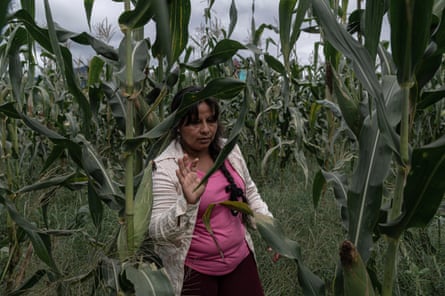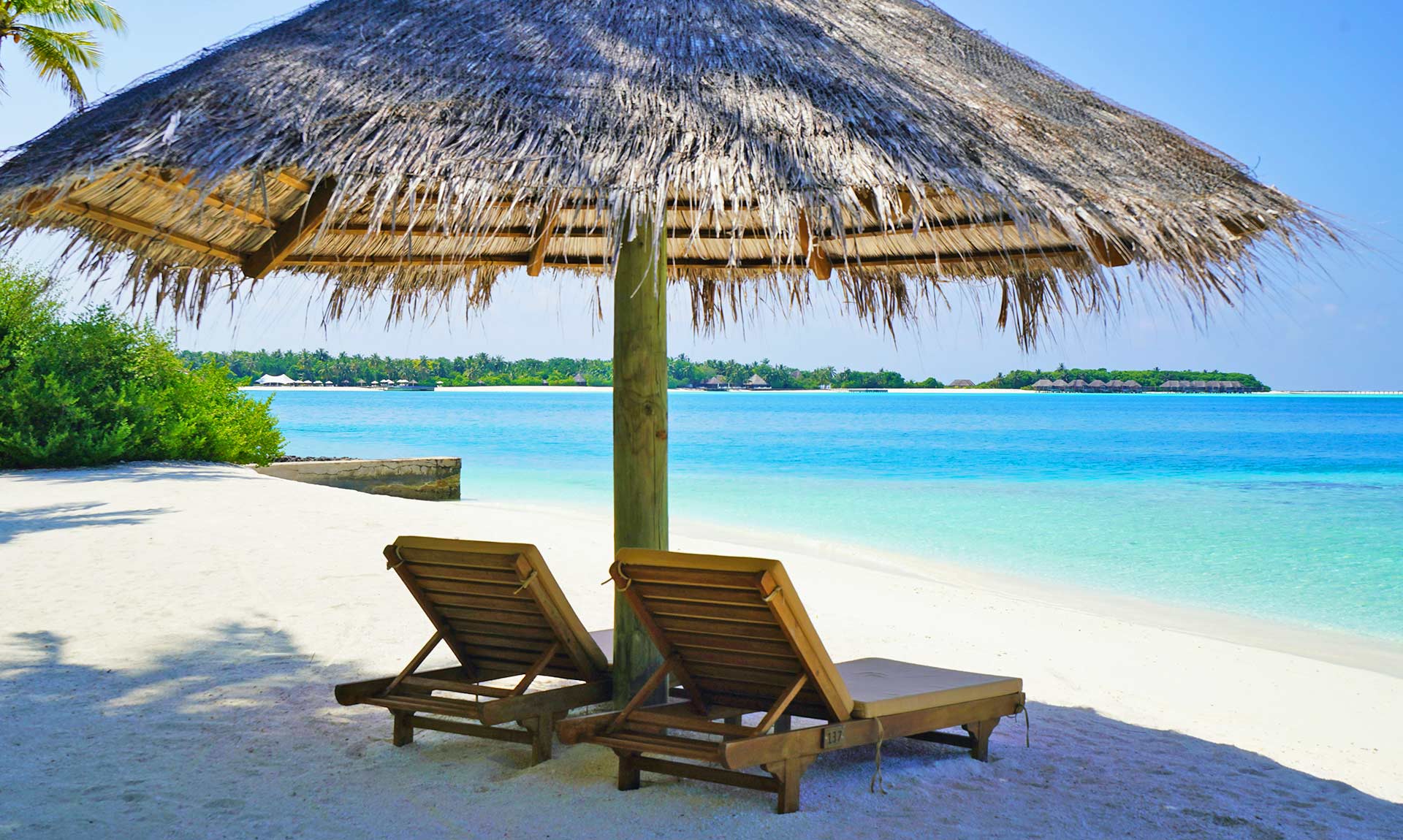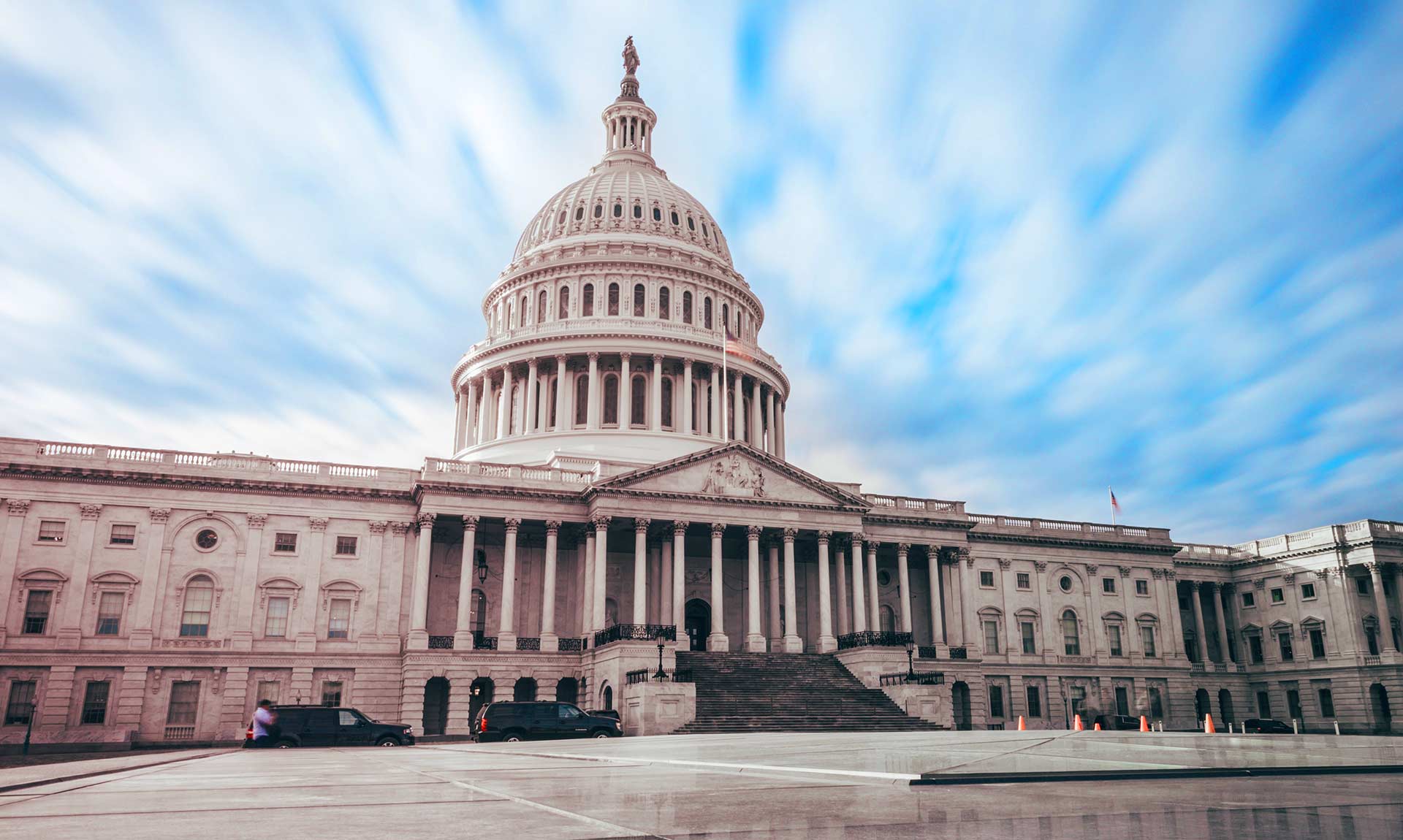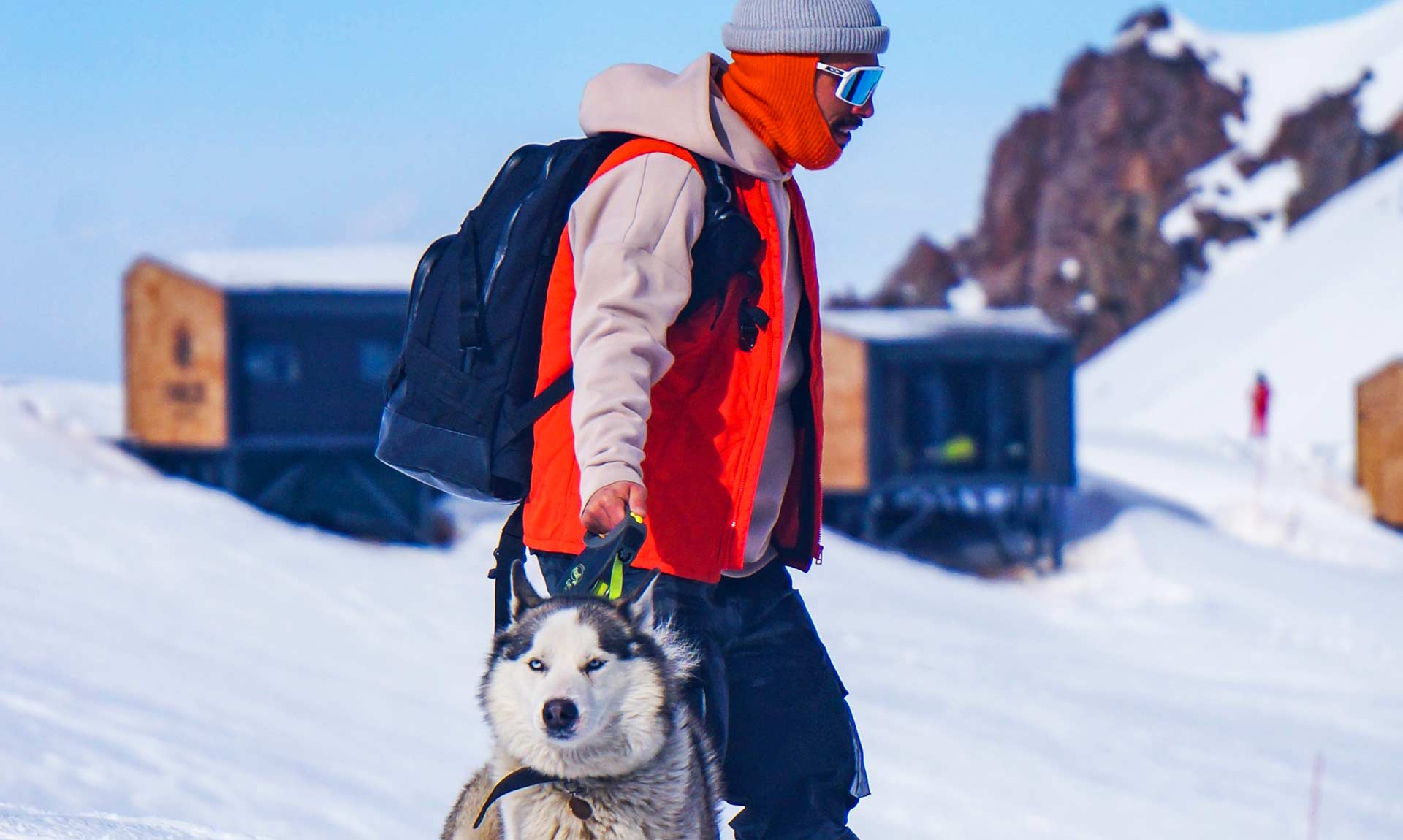Bolivia’s Hidden Cloud Forest: The Struggle Over Gas and Tradition
Bolivia’s Hidden Cloud Forest: The Struggle Over Gas and Tradition
Deep in the southeast of Bolivia, the Tariquía reserve feels like a world of its own. Imagine trying to get there – just a few dirt paths, often muddy and impossible to travel when it rains. Not too long ago, you’d need two days on horseback just to reach the nearest town.
This isolation protected Tariquía for a long time. But now, Bolivia’s government, led by Luis Arce, is eyeing the gas hidden beneath this cloud forest. They’re determined to keep the country’s economy going with fossil fuels, even if it means drilling in places like Tariquía, whether the locals want it or not.
The Beginning of Change
Dr. Penelope Anthias from Durham University, who’s studied this area, explains it well: “Protected areas are now where the new extraction is happening.” The local families in Tariquía, who’ve used horses to get around for generations, now find their land at the center of a big fight over gas.
Gas has been a cornerstone of Bolivia’s economy since the early 2000s. When Evo Morales, the previous president, nationalized the oil and gas industry in 2006, the profits funded social programs and boosted the economy. It worked well for a while, but when the gas boom ended, the country’s finances started to crumble.
Since 2013, Bolivia’s gas exports have dropped significantly, leading to economic problems. The government’s reserves have shrunk, and the economy is at risk. To keep things afloat, they’ve turned to drilling in new places, including protected areas like Tariquía.
The Government’s Push
Bolivia has 22 national protected areas, covering 16% of its land. Many of these areas have oil and gas, but extraction was limited until 2015. That year, a new decree allowed drilling as long as companies minimized environmental damage and invested in local development.
The Tariquía reserve was particularly affected. The government altered the boundaries of protected zones to make room for new gas wells. The state gas company, YPFB, quickly made deals with private companies to start exploring.
The Local Response
People in Tariquía have lived there for generations, farming, ranching, and beekeeping. When gas companies showed up, they didn’t immediately say no. Instead, they visited nearby Chaco, where gas extraction was already happening, to see the impact.
Francisco Romero, a community leader, remembers what they found: “We heard from locals that the promised development never came.” They felt tricked and soon started resisting the drilling plans.
Standing Up to Drilling
In 2017, communities from Tariquía marched to Tarija, the regional capital, to protest. By 2019, protests had spread, and a blockade stopped the drilling for five months. The national and international media coverage helped, and the foreign companies withdrew, at least for a while.
But the government didn’t give up. They found other communities in the reserve that welcomed the gas projects, drawn by promises of better living conditions. This time, YPFB targeted less populated areas where previous protests hadn’t reached.
New Agreements and Divisions
YPFB made agreements with local authorities to prioritize local hiring and invest in community projects. Wilma Galeán from the San Antonio community signed one of these agreements, hoping for better living conditions.
“They said our lives would improve,” Wilma recalls. “We’re rural people with great needs. We want our lives to be better.” But when she asked for an environmental report and compensation for damages, she was removed from her leadership role.
Maximiliano Queso, another leader, faced similar issues. Despite welcoming the gas companies, he demanded transparency and information, which led to his community’s legal status being revoked. “They call me the opposition,” he says, “But I’m not against the company.”
The Bigger Picture
Jorge Campanini, from CEDIB, an environmental organization, sees this as a typical scenario in Bolivia. Initial consultations often favor government supporters, dividing local communities. Those backing the projects get state support, while opponents face isolation.
The Struggle Continues
For Dr. Anthias, Tariquía’s situation shows the contradictions in Bolivia’s approach. The nationalization of fossil fuels was meant to empower Indigenous people and drive social change, but the dependence on extraction has limited these ambitions.
The question now is whether Tariquía’s gas can be extracted in time to help Bolivia’s economy. Recently, rumors about the failure of exploratory wells have given hope to locals like Francisco Romero, who wish the gas companies would just leave. “We’re hoping they don’t find anything,” he says. “That’s the hope we have.”
Looking Ahead
Tariquía’s story isn’t just about gas. It’s about people, their land, and the fight to protect their way of life. As Bolivia continues to search for economic solutions, the voices from Tariquía remind us of the complex balance between development and preservation. The future of this cloud forest and its communities hangs in that balance, with every decision shaping the next chapter in their story.
latest video
news via inbox
Nulla turp dis cursus. Integer liberos euismod pretium faucibua























